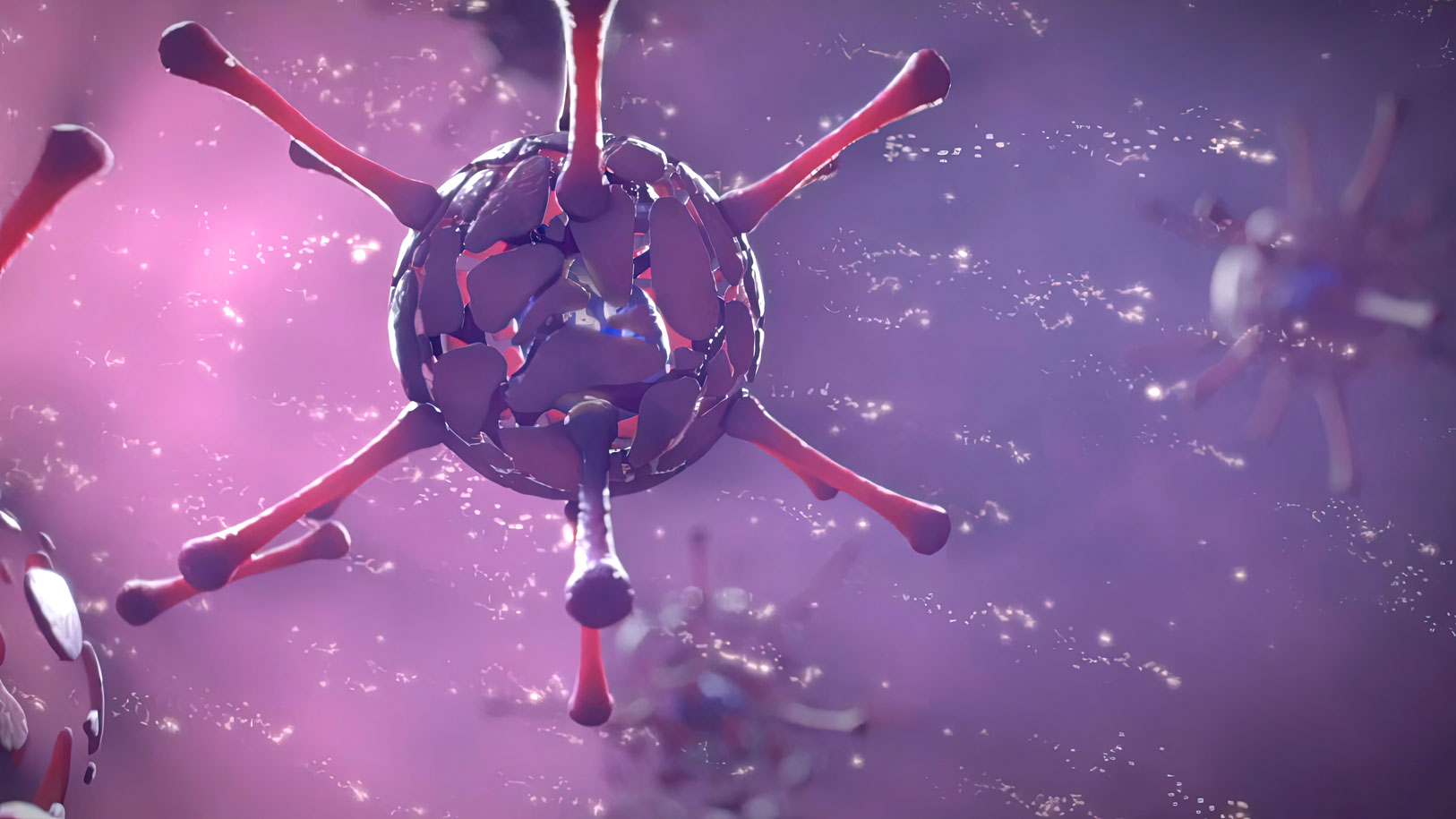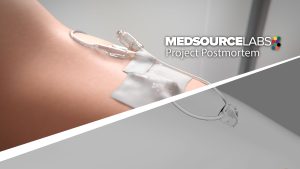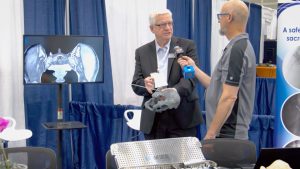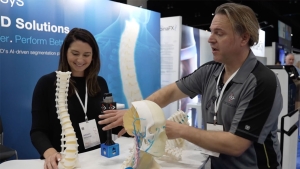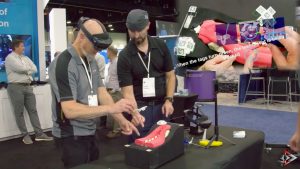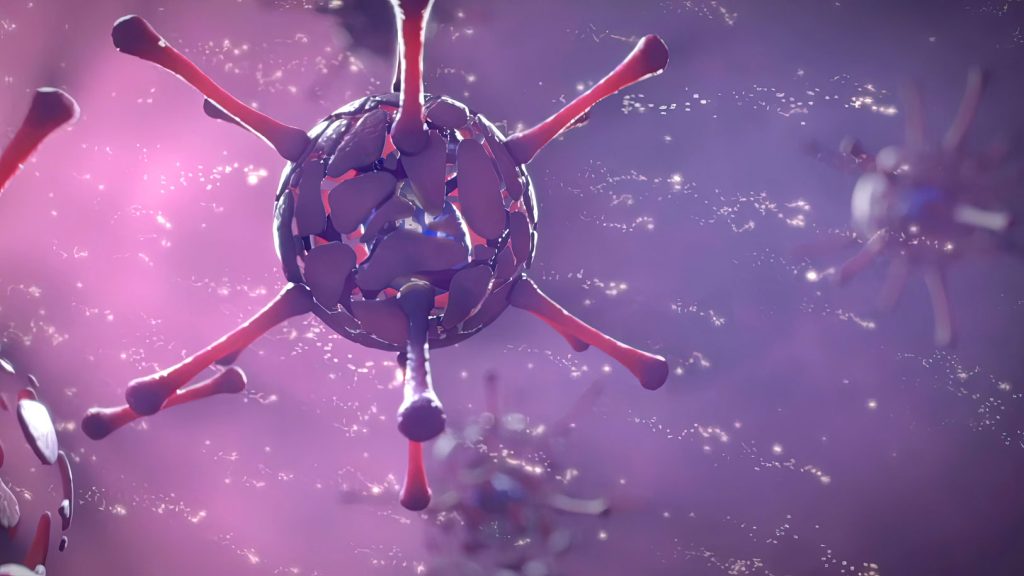
Description
The world of medicine has witnessed remarkable advancements in recent years, with one of the most promising frontiers being gene therapy. This revolutionary approach holds the potential to treat genetic disorders at their root by manipulating the very building blocks of life: genes. At the molecular level, gene therapy involves intricate processes that aim to correct faulty genetic information and restore normal cellular functions. In this image post packed with 3D visuals rendered by Ghost Medical for Worrell, we delve into the captivating world of gene therapy, unraveling the complexities that occur at the molecular level.
Understanding Gene Therapy
Gene therapy is a cutting-edge medical technique that involves introducing, altering, or silencing genes within a patient’s cells to treat or prevent disease. This process capitalizes on our understanding of genetics and the central dogma of molecular biology, which explains how genetic information flows from DNA to RNA to protein, ultimately determining the function and structure of our cells.

Molecular Tools in Gene Therapy
Vector Delivery Systems
One of the cornerstones of gene therapy is the use of vectors—vehicles that transport the therapeutic genes into target cells. Viruses, particularly modified adenoviruses and lentiviruses, are commonly used as vectors due to their ability to efficiently deliver genetic material into cells. These vectors are engineered to carry the corrected genetic information and are carefully modified to minimize any potential harm to the patient.
Gene Editing Techniques
Molecular tools like CRISPR-Cas9 have revolutionized gene therapy by enabling precise editing of genes within the DNA. CRISPR-Cas9 acts like molecular scissors, cutting the DNA at specific locations. Scientists can then either introduce new genetic material or allow the cell’s natural repair mechanisms to fix the genetic defect. This technique shows immense promise in treating genetic disorders caused by single-point mutations.
Molecular Dance of Gene Therapy
Transduction
Once the vectors are introduced into the body, they seek out target cells and attach to their surfaces. This interaction prompts the cell to engulf the vector, effectively delivering the therapeutic genetic material into the cell’s interior.
Expression
The introduced genes carry instructions to produce functional proteins or interfere with the expression of disease-causing genes. The cell’s machinery reads these instructions and begins producing the desired proteins or altering gene expression accordingly.
Integration
In the case of viral vectors, the genetic material is integrated into the host cell’s genome. This integration ensures that the therapeutic effects are long-lasting and can be passed on as the cell divides.

Immune Response Management
The body’s immune system might recognize the introduced genetic material as foreign, triggering an immune response. To mitigate this, researchers engineer vectors to be less immunogenic, minimizing adverse reactions.
Monitoring and Precision
Monitoring the therapeutic effects and ensuring that the correct genes are edited are critical aspects of gene therapy. Advances in molecular diagnostics allow scientists to precisely track changes at the molecular level, ensuring that the therapy is effective and safe.
Challenges and Future Prospects
While gene therapy holds immense promise, it is not without challenges. Ensuring the specificity and accuracy of gene editing, minimizing off-target effects, and addressing ethical concerns are areas that researchers are actively working on.
However, the potential benefits are vast. This could revolutionize the treatment of genetic disorders, providing cures where none existed before. Diseases like sickle cell anemia, cystic fibrosis, and muscular dystrophy could potentially be treated effectively at the molecular level, transforming lives and offering hope to countless individuals and families.
Conclusion
Gene therapy represents a beacon of hope in the realm of medicine, offering the possibility of treating genetic disorders at their very source—our DNA. The intricate molecular dance that takes place during gene therapy showcases the power of scientific innovation and human ingenuity. While challenges remain, the strides made in understanding and manipulating genes pave the way for a future where genetic diseases could be a thing of the past, allowing us to unleash the full potential of our biological destiny.

